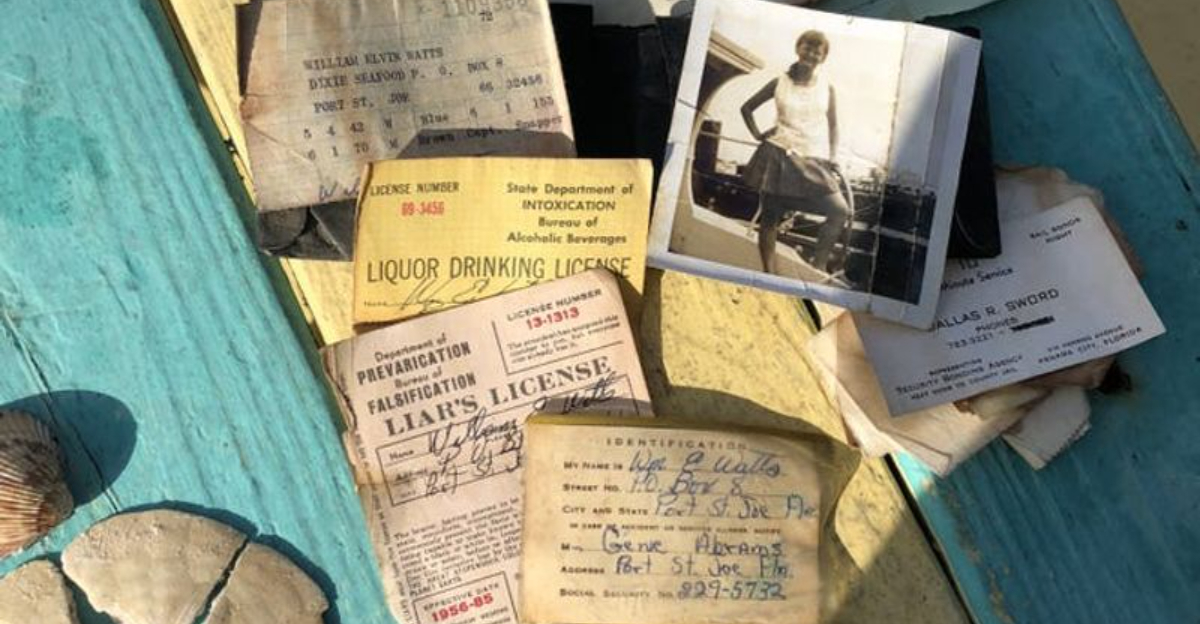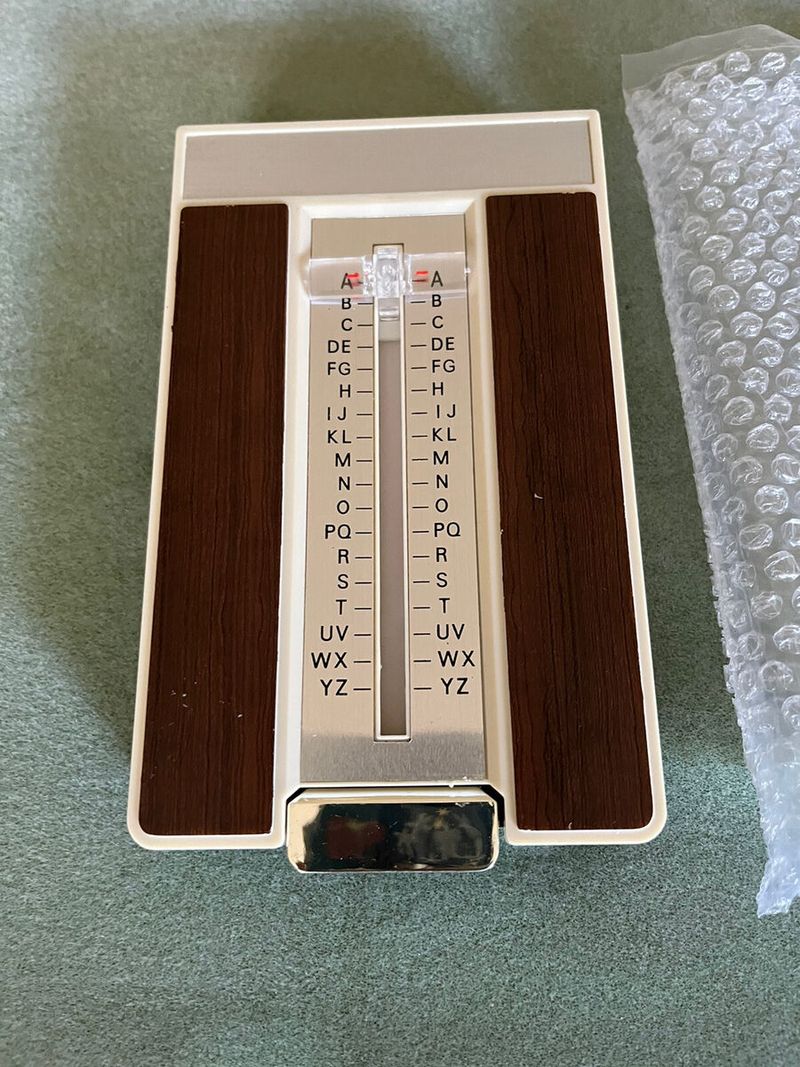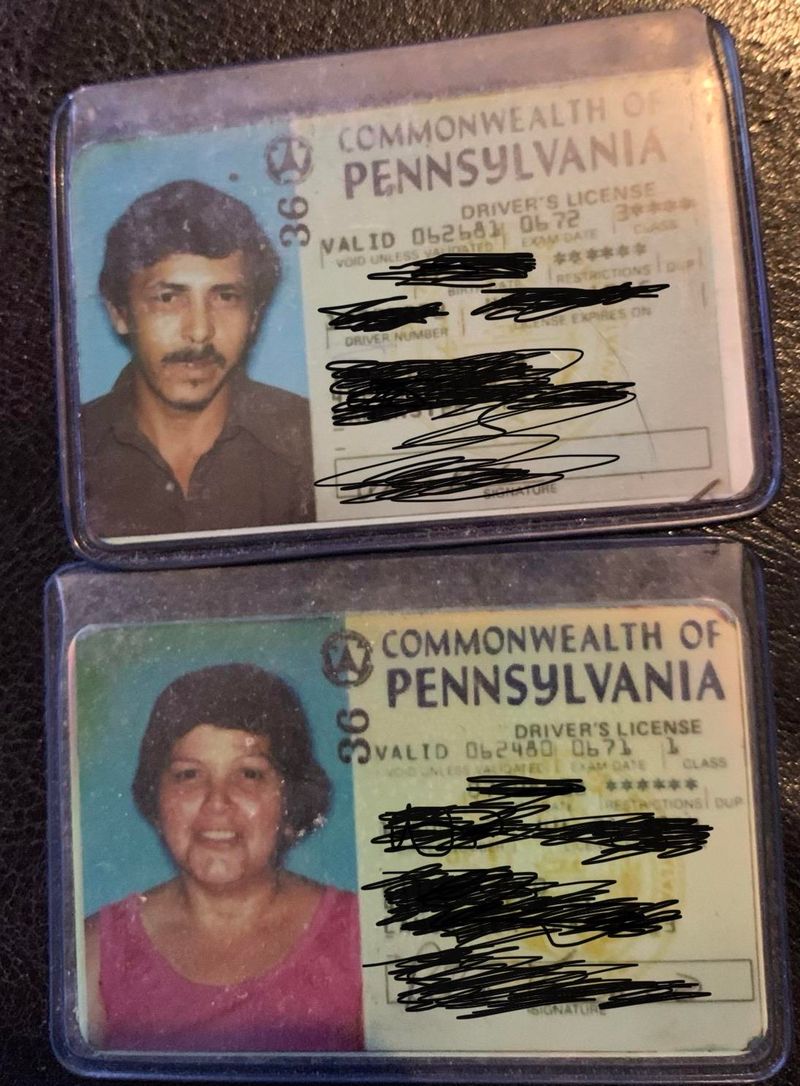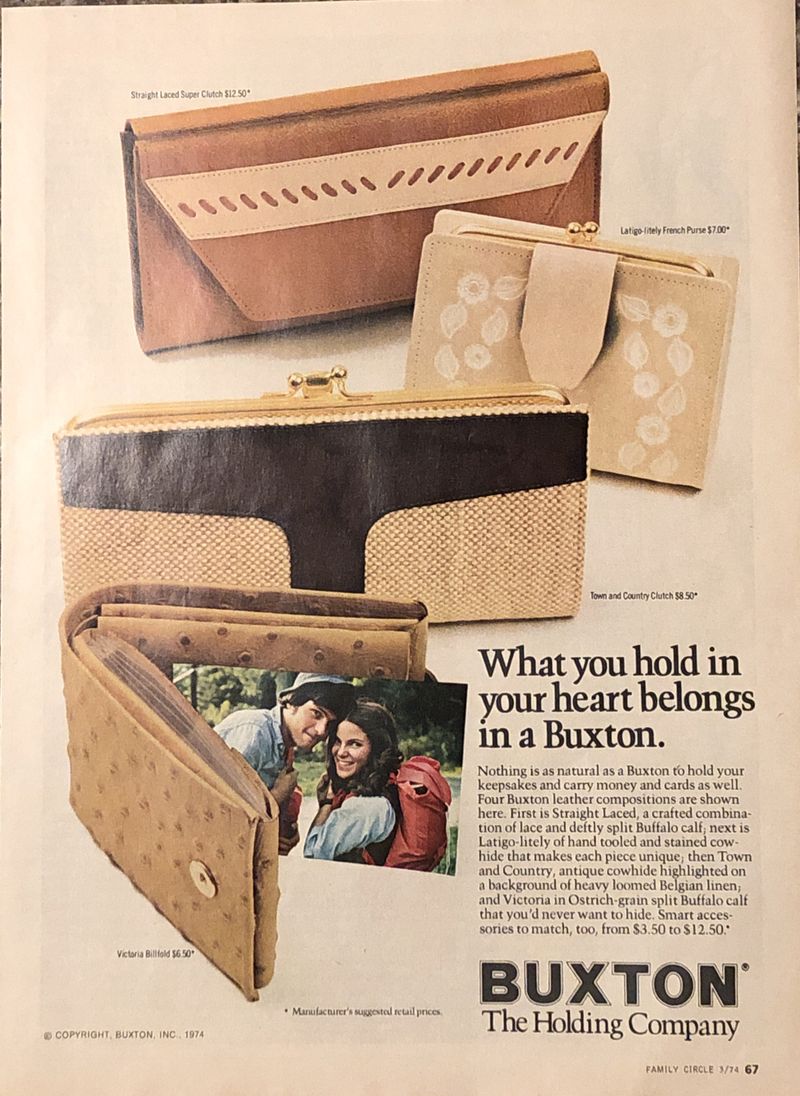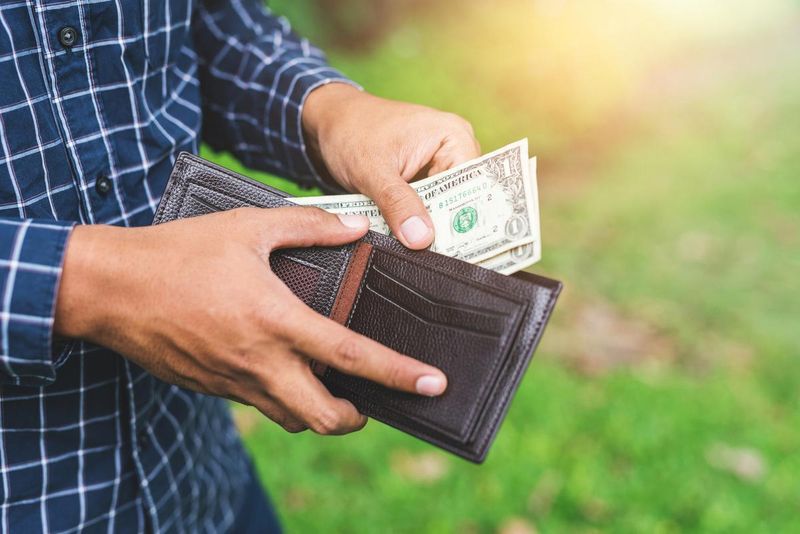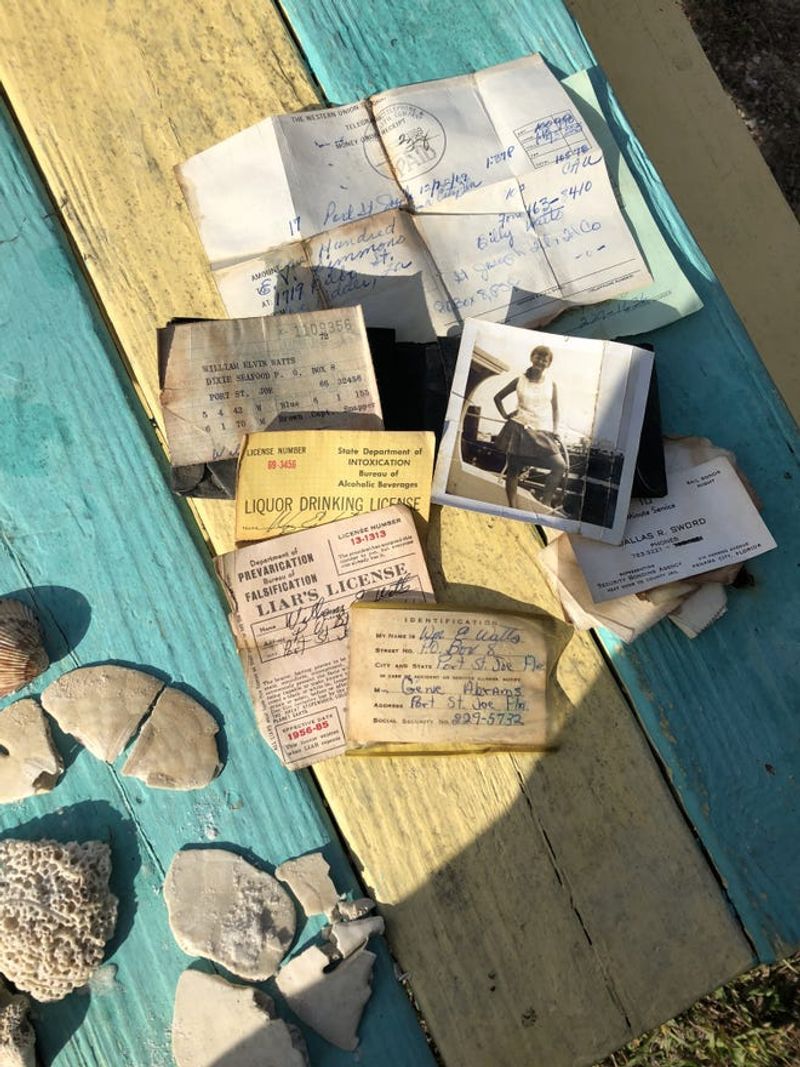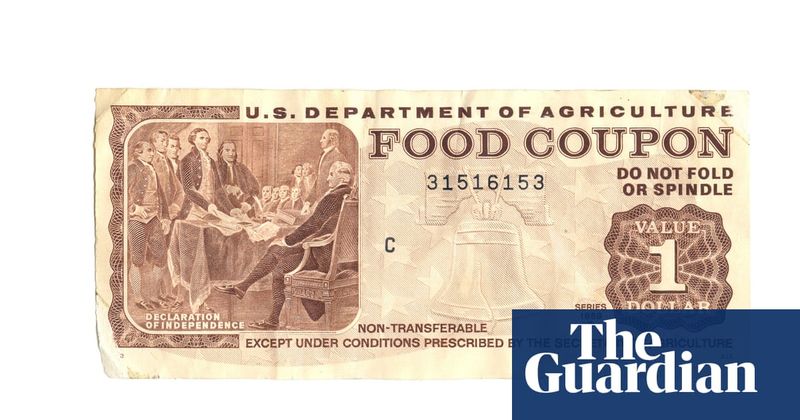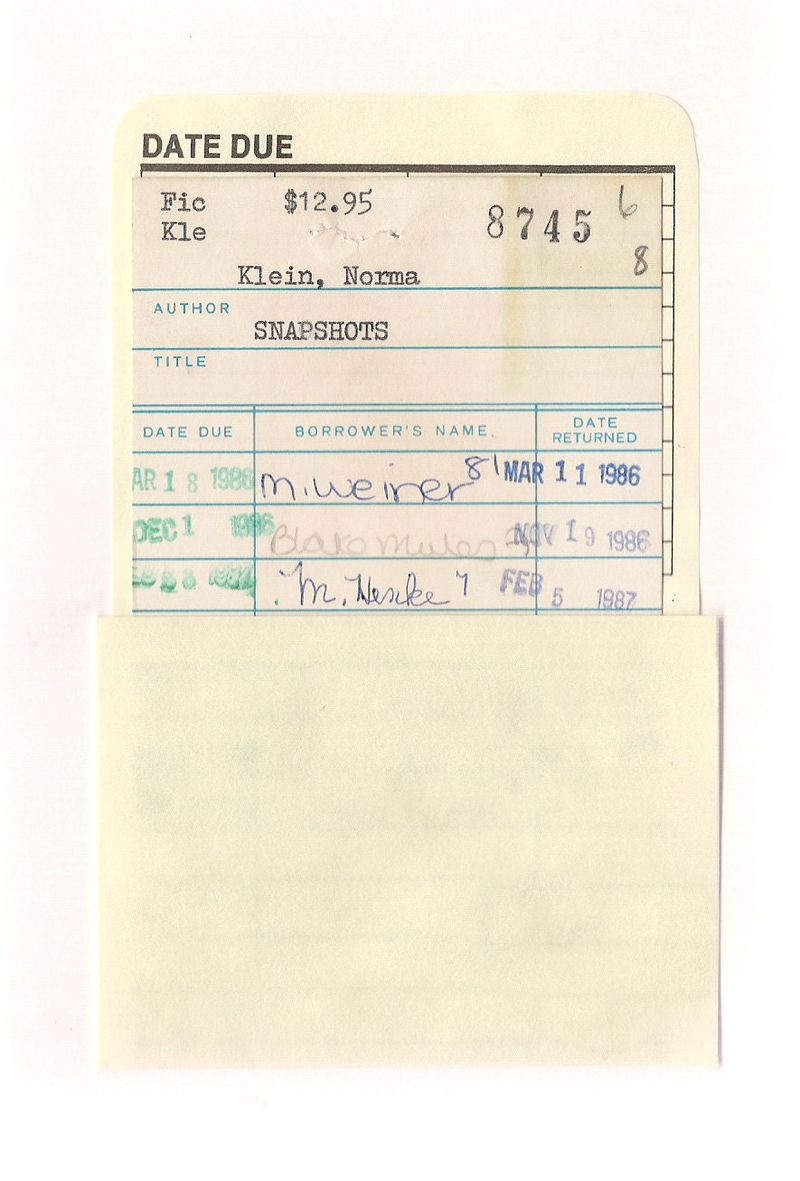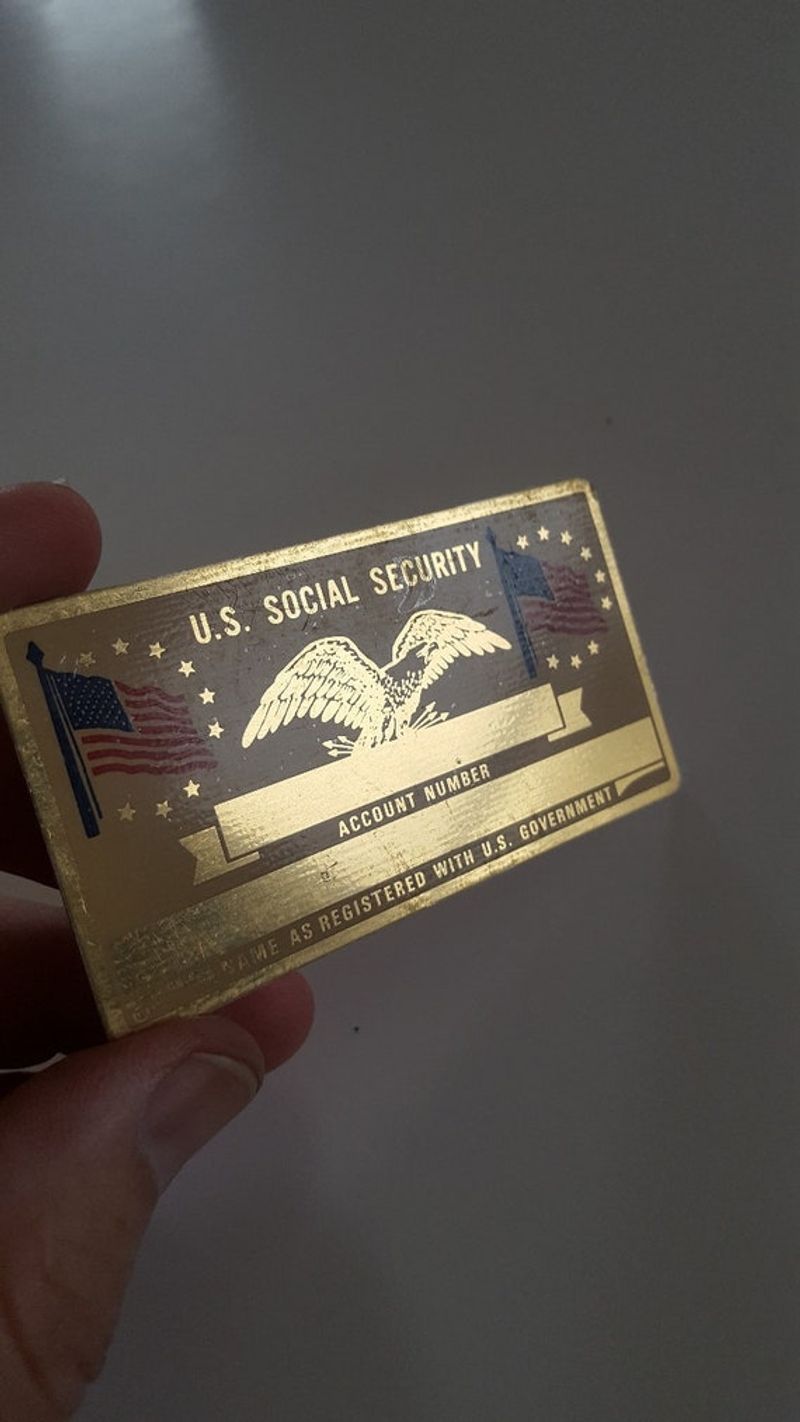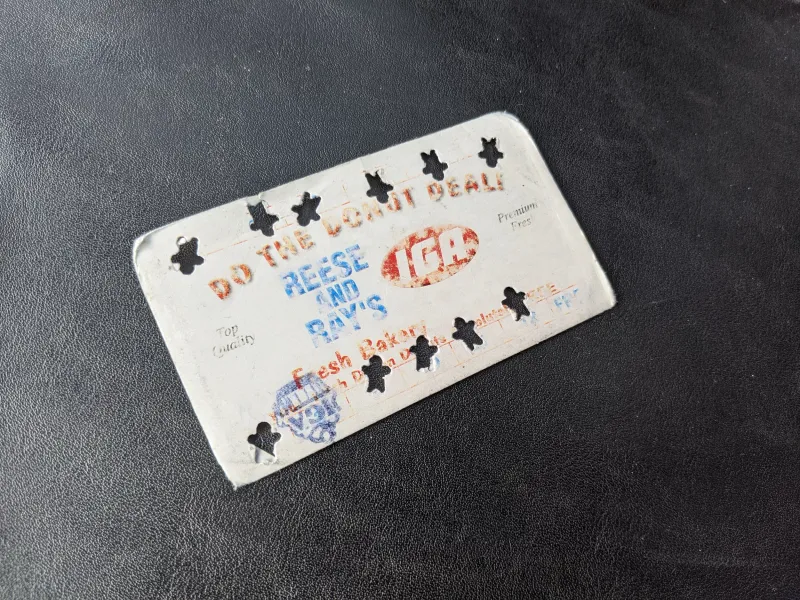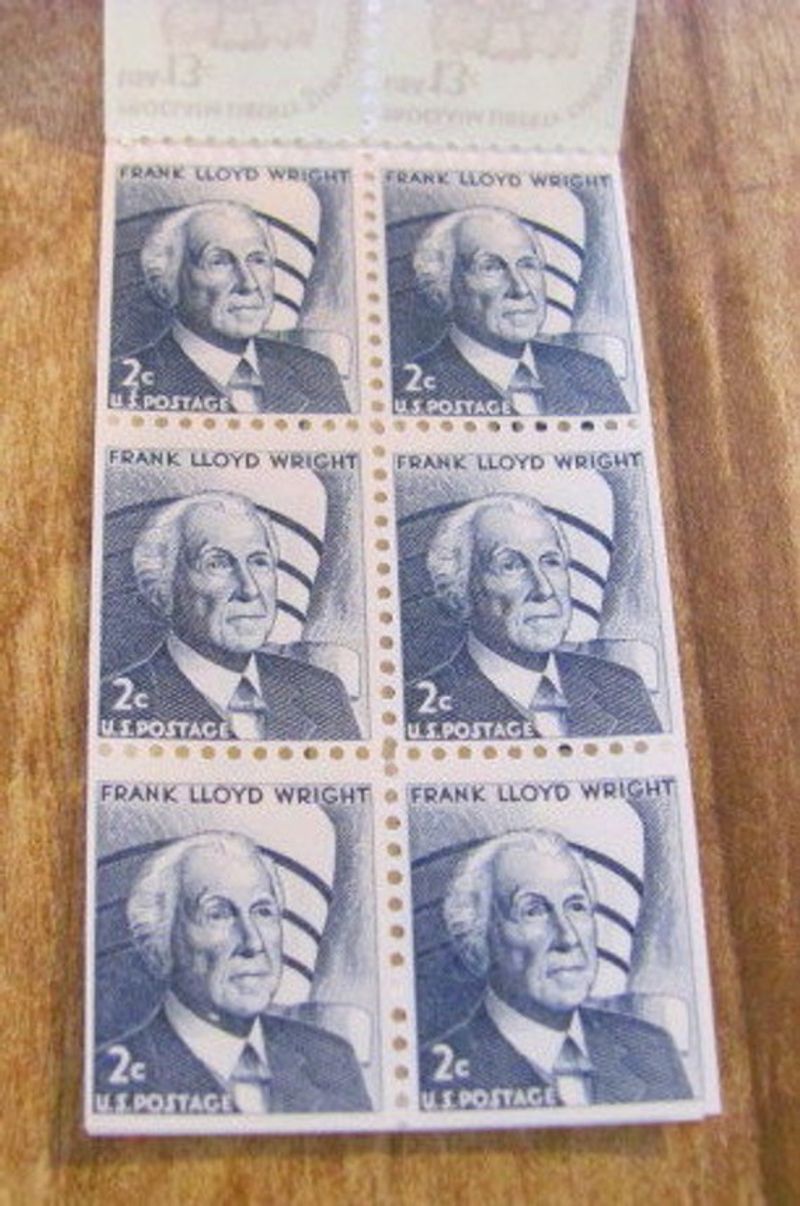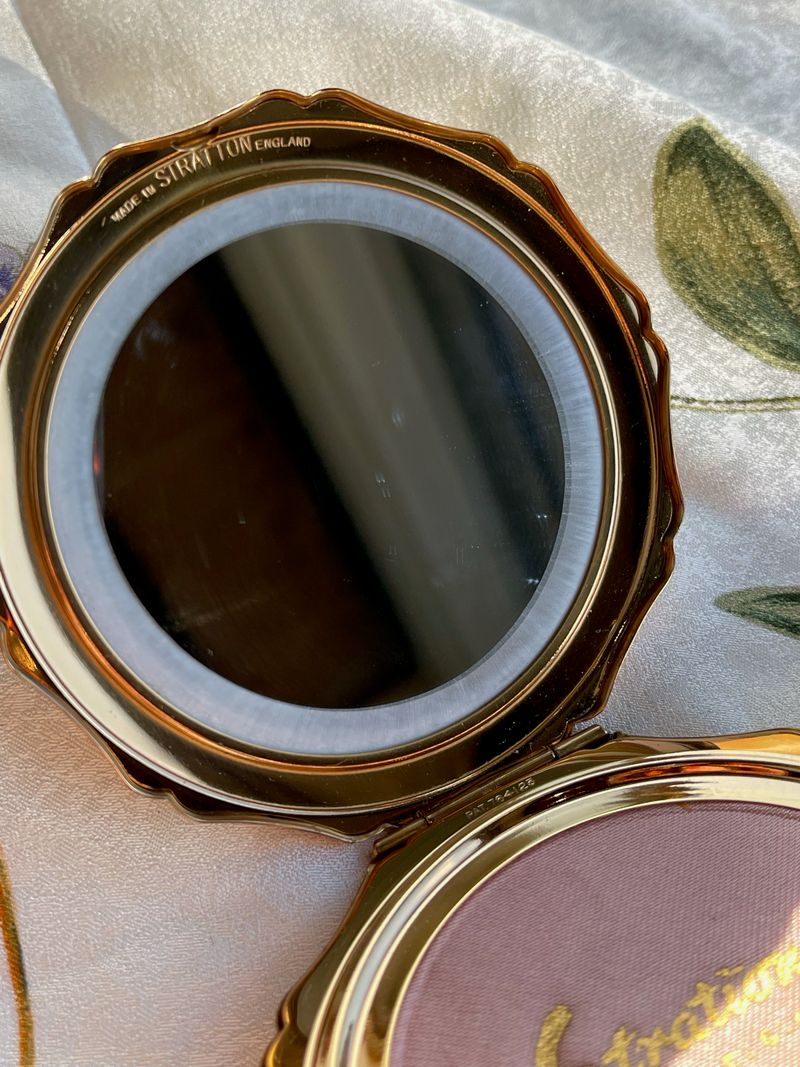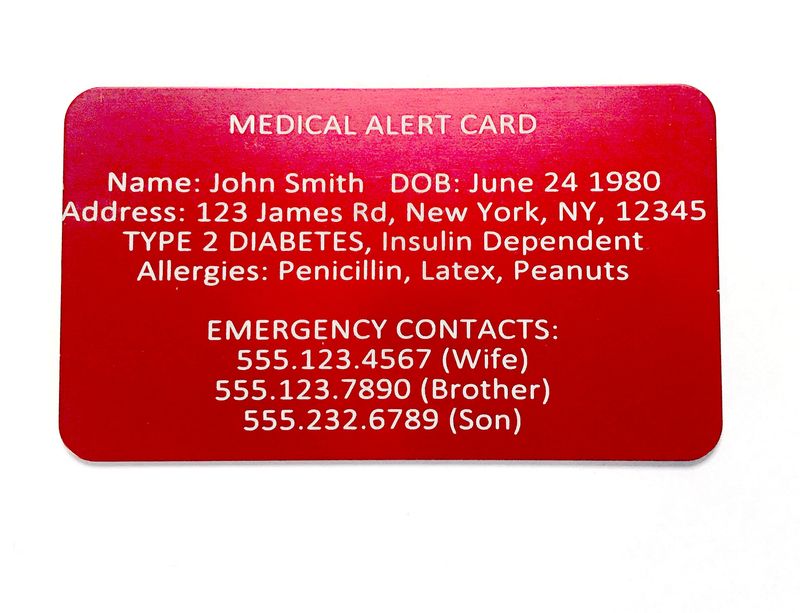Remember the days before smartphones and digital payments? Back in the ’70s and ’80s, our wallets and purses were packed with physical items we needed for daily life.
These pocket-sized essentials helped us communicate, shop, and navigate the world without the internet or apps.
Take a nostalgic journey with me as we explore the must-have items from an era when everything important had to be carried in your pocket or purse.
1. A Rolodex Card or Mini Address Book
Before contacts were stored in the cloud, tiny address books were lifelines to your social world. These pocket-sized directories contained everyone you knew—family, friends, doctors, and even your favorite pizza place—all handwritten in your personal shorthand.
Cross-outs and scribbles marked friends who moved or changed numbers. Some fancy versions had alphabetical tabs, while budget options were just stapled paper cards.
When you needed to call someone, you’d flip through these well-worn pages, hoping the ink hadn’t smudged too badly over the years.
2. Loose Change for Pay Phones
Quarters and dimes weren’t just for vending machines—they were your communication lifeline. That jingling sound at the bottom of every purse or pocket represented your ability to reach out when needed.
Finding yourself without change meant being truly disconnected. Parents especially made sure their teenagers had enough coins before heading out for the evening.
The ritual was familiar to everyone: find a booth, drop in your coins, dial the number, and pray the person you needed was home. No voicemail, no texts—just the hope someone would answer.
3. A Checkbook
The plastic cards we tap today replaced what was once a small book of promises. Checkbooks were financial necessities carried everywhere, often complete with a built-in calculator for balancing on the go.
Writing checks was an art form taught in school. You’d carefully fill in the date, recipient, amount in numerals and words, then sign with a flourish. The ritual continued at home, recording each transaction in the register to avoid the dreaded overdraft.
Many checkbooks featured decorative covers—from faux leather to patterns that matched your personality or interests.
4. A Driver’s License with a Truly Awful Photo
Long before digital cameras and retakes, DMV photos captured you at your absolute worst. These laminated badges of identification featured harsh lighting, no warning before the flash, and colors that made everyone look slightly ill.
Many states issued paper licenses that were simply laminated, creating a flimsy ID that wore out along the fold lines. The information was often typed on a manual typewriter, with physical stamps or punches to mark restrictions or updates.
Despite the unflattering image, these cards were treasured proof of adulthood and independence, proudly displayed when cashing checks or entering age-restricted venues.
5. Gas Cards
Remember when filling up meant reaching for a brand-specific card? Shell, Texaco, Mobil—these weren’t credit cards but charge accounts with individual oil companies.
Gas stations were loyal territories where customers aligned with brands like sports teams. Your father might have been a “Gulf man” or your mother might have sworn by Exxon’s superior fuel. The cards themselves were often colorful, featuring the company’s logo prominently.
Station attendants would manually imprint these cards on carbon-copy slips, which you’d sign before driving away. Monthly statements arrived by mail, listing each fill-up like a diary of your travels.
6. A Photo of Your Kids, Spouse—or Pet
Family photos weren’t just stored on phones but physically carried everywhere. Wallet-sized prints slipped into plastic sleeves created portable family albums that people proudly displayed at the slightest provocation.
These treasured images developed a distinctive wear pattern—curved to the shape of the wallet and faded where thumbs repeatedly touched beloved faces. Many wallets featured accordion-style photo holders that unfolded to reveal an entire family history.
School photos were perfectly sized for wallets, creating an annual tradition of updating the picture while the old one moved to the back of the stack, creating a time capsule of growth.
7. Paper Money—Always Some “Emergency Cash”
The secret compartment in every wallet held what people called “mad money” or “emergency cash.” This stash—typically a carefully folded $20 bill—represented security in an era before ubiquitous ATMs.
Parents taught their children to always keep this reserve untouched except for genuine emergencies. The bill was often tucked behind other items or in a hidden fold, creating a personal safety net that traveled everywhere.
Discovering this forgotten cash months later felt like winning a small lottery. The crisp bills were sometimes replaced with fresh ones during annual wallet cleanings, maintaining this quiet tradition of personal financial security.
8. Receipts… So Many Receipts
Wallets bulged with the paper trail of daily life—tiny slips documenting everything from gas purchases to that sweater you bought last month. These receipts accumulated like archaeological layers, the oldest ones often faded to near-invisibility.
Expense account workers methodically saved every scrap for reimbursement. Others kept receipts for warranty purposes or potential returns, creating a crinkly archive of consumption patterns.
Wallet cleaning was an occasional ritual where these papers were sorted, most discarded, and a select few filed away. Finding an ancient receipt could trigger powerful memories of places visited and items long since worn out or discarded.
9. Coupons
Sunday newspapers delivered treasure troves of savings that smart shoppers meticulously clipped and sorted. These colorful paper promises of discounts became prized possessions, carefully folded into wallet compartments or special coupon organizers.
Grocery shopping involved strategic planning around these savings. Standing in checkout lines, people would rifle through their collections, pulling out relevant deals while other shoppers waited impatiently behind them.
Double coupon days created shopping frenzies as savvy consumers maximized their savings power. The satisfaction of watching the total drop at checkout justified all the scissors work and organizational effort that went into maintaining a robust coupon collection.
10. A Library Card
That humble rectangle of cardstock represented intellectual freedom and endless adventures. Library cards were passports to other worlds—whether you were borrowing the latest bestseller, vinyl records, or researching school projects.
Each card bore the distinct marks of its era: early 70s versions often featured metal plates with embossed numbers, while later versions incorporated barcodes. Many libraries used manual card systems where librarians stamped due dates directly onto cards kept in book pockets.
Children received their first library cards in ceremonial fashion, marking an important step toward independence. Adults kept these cards accessible, knowing weekend errands might include an impromptu library visit.
11. A Social Security Card (Even Though You Weren’t Supposed to Carry It)
Despite official warnings, millions kept their actual Social Security cards in their wallets. These flimsy blue-and-white paper cards were treated as essential identification, despite offering virtually no security features.
The cards traveled everywhere, gradually developing characteristic wear patterns—soft at the edges and creased from years in wallet slots. Many became nearly illegible, with numbers memorized long before the physical card deteriorated.
Employers routinely requested to see the actual card, reinforcing the habit of carrying it despite the identity theft risks. Only in later years did public awareness campaigns successfully convince people to store these important documents safely at home.
12. Punch Cards from Local Shops
Customer loyalty predated digital apps with these tangible rewards systems. Small businesses—coffee shops, sandwich spots, car washes—issued simple cardstock cards that employees would punch or stamp with each purchase.
Collecting these marks became strangely satisfying. Regular customers proudly presented nearly-completed cards, anticipating that free sandwich or coffee just one purchase away.
The cards themselves varied wildly in design quality—from professionally printed versions to photocopied papers with hand-drawn logos. Each represented a relationship with a local establishment, creating a physical reminder of patronage that today’s digital loyalty programs can’t quite replicate in tactile satisfaction.
13. Stamps
Before automatic bill pay and email, communicating meant keeping postage at hand. Small books of stamps or individual stamps tucked into wallet crevices ensured you could mail a letter whenever inspiration struck.
Stamps often escaped their designated spots, adhering to credit cards or photos. Finding one slightly stuck to your driver’s license was a common wallet surprise.
The price increases became markers of time passing—from 13 cents in the mid-70s to 22 cents by the late 80s. People complained about each price hike while still marveling at the miracle of sending a letter across the country for pocket change.
14. A Compact or Mirror
Women’s purses invariably contained these practical beauty tools. Ranging from elegant designer compacts to drugstore varieties, these portable mirrors allowed for discreet check-ups throughout the day.
Many featured dual-sided designs—a regular mirror on one side and magnifying on the other. The satisfying ‘click’ when closing a compact became part of the social soundtrack of restaurants and offices.
Beyond vanity, these tools served practical purposes—checking for food in teeth after lunch or ensuring makeup remained presentable before important meetings. Men occasionally borrowed these mirrors too, though they’d rarely admit to carrying their own.
15. Emergency Contact Card
Before ICE contacts in smartphones, safety-conscious individuals carried handwritten emergency information. These small cards listed blood types, allergies, medical conditions, and family contacts—potentially life-saving information if the carrier became unable to communicate.
Parents especially embraced this practice, creating cards for every family member. Some wallet manufacturers included dedicated spaces specifically for these cards, recognizing their importance.
Medical alert organizations offered standardized cards that emergency personnel were trained to look for. Others made homemade versions, often covered with clear tape for durability—a simple precaution representing the very human understanding that accidents happen and preparation matters.
